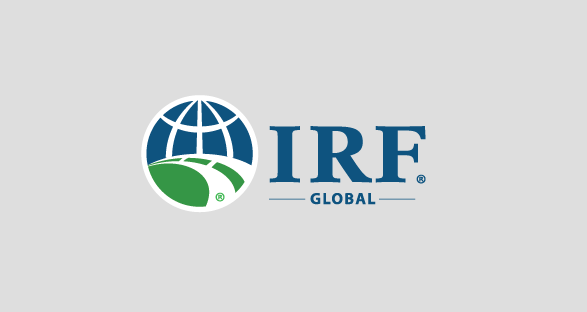A report jointly released Monday by the International Road Federation (IRF Global) and McKinsey & Company will help transport decision-makers and international financial institutions identify and leverage efficiency gains in road project design and delivery, potentially saving billions of dollars each year.
The report, titled “A better road to the future,” illustrates the complexity of the challenge in designing and delivering road infrastructure. The diagnostic approach to assess the performance of road infrastructure delivery systems outlined in this report illustrates that each country could build an improvement journey based on its individual starting point.
More than 20 countries in Europe, the Middle East, Africa, Latin America, and South-East Asia have applied this diagnostic, yielding insights into the root causes of the road sector’s challenges and actionable steps for overcoming them. Best practices include:
- Maintaining rigorous, fact-based, and transparent project selection. An outcome-focused approach to project prioritization will benefit citizens and businesses, and transparent prioritization processes or criteria supports stakeholder management. Project selection methods must also be linked to overall infrastructure and societal goals.
- Streamlined project delivery. Investing in early-stage planning and boosting cooperation across contracting, tendering, site management, and stakeholder management are essential for improved delivery outcomes.
- Making the most of existing infrastructure. The existing stock of roads will always be more important than any new addition to a road network. Focusing on maintenance, utilizing pricing mechanisms such as congestion charges, and embracing “intelligent” transportation systems can boost capacity and economic effectiveness.
- Ensuring effective sector governance. The effectiveness of a road delivery system ultimately rests on the capabilities, collaboration, and governance of the people involved in it.
- Enhancing funding and finance frameworks. While road funding will continue to be predominantly sourced from government budgets, many countries would be better off by complementing public funds with access to private capital.
Commenting on the report, IRF President & CEO C. Patrick Sankey, noted “many authoritative studies have underscored the growing gap between investment needs on the one hand, and the combined spending on road construction and upkeep on the other. Less attention has been paid to the policies and mechanisms required to stretch available funds through better project selection, efficient procurement strategies, and effective delivery practices. Thanks to this collaboration between the IRF and McKinsey, transportation decision-makers now have a new comparative study on the cost-effectiveness of productivity-enhancing practices.”
 ..:: AUTO REPORT AFRICA ::..
..:: AUTO REPORT AFRICA ::..




